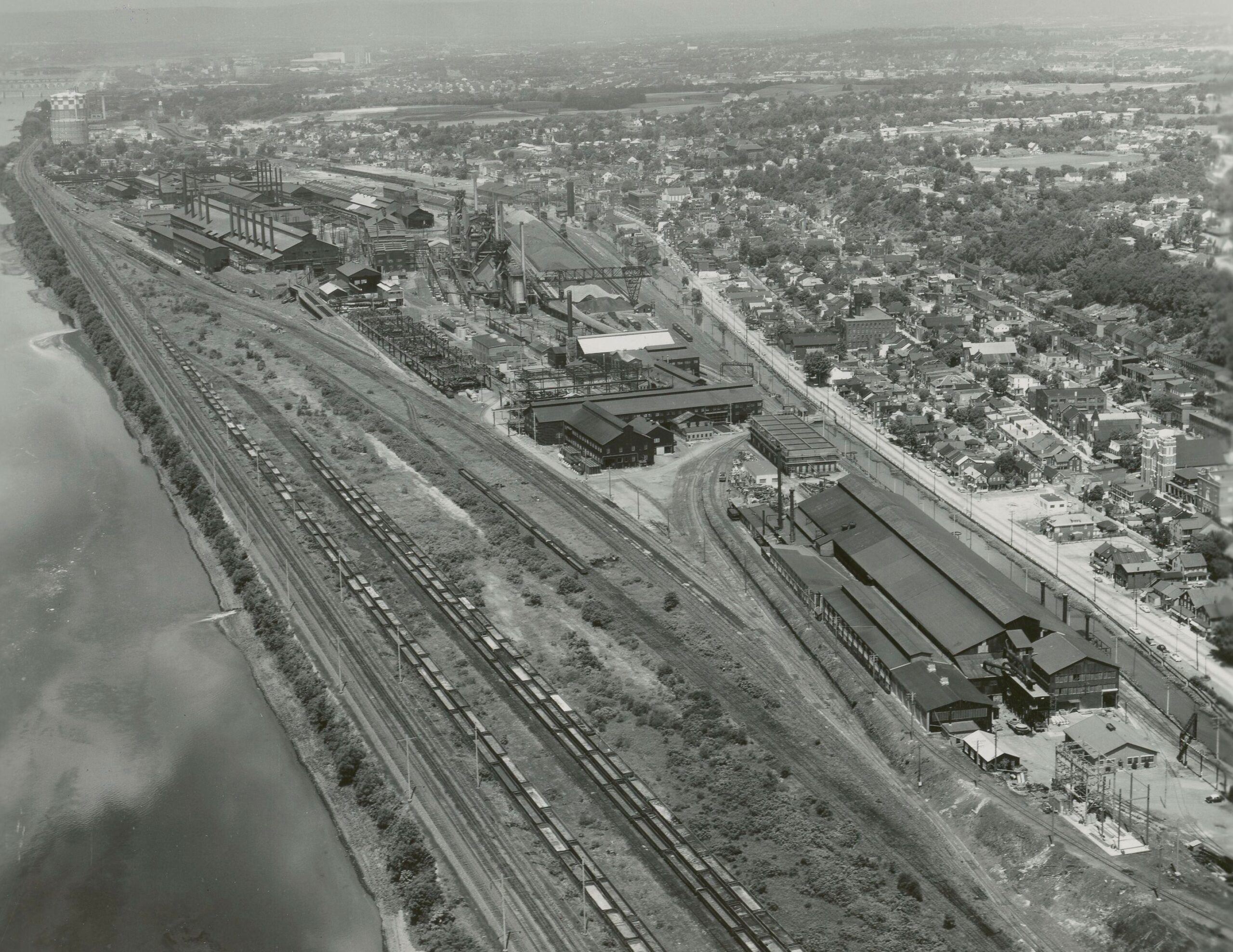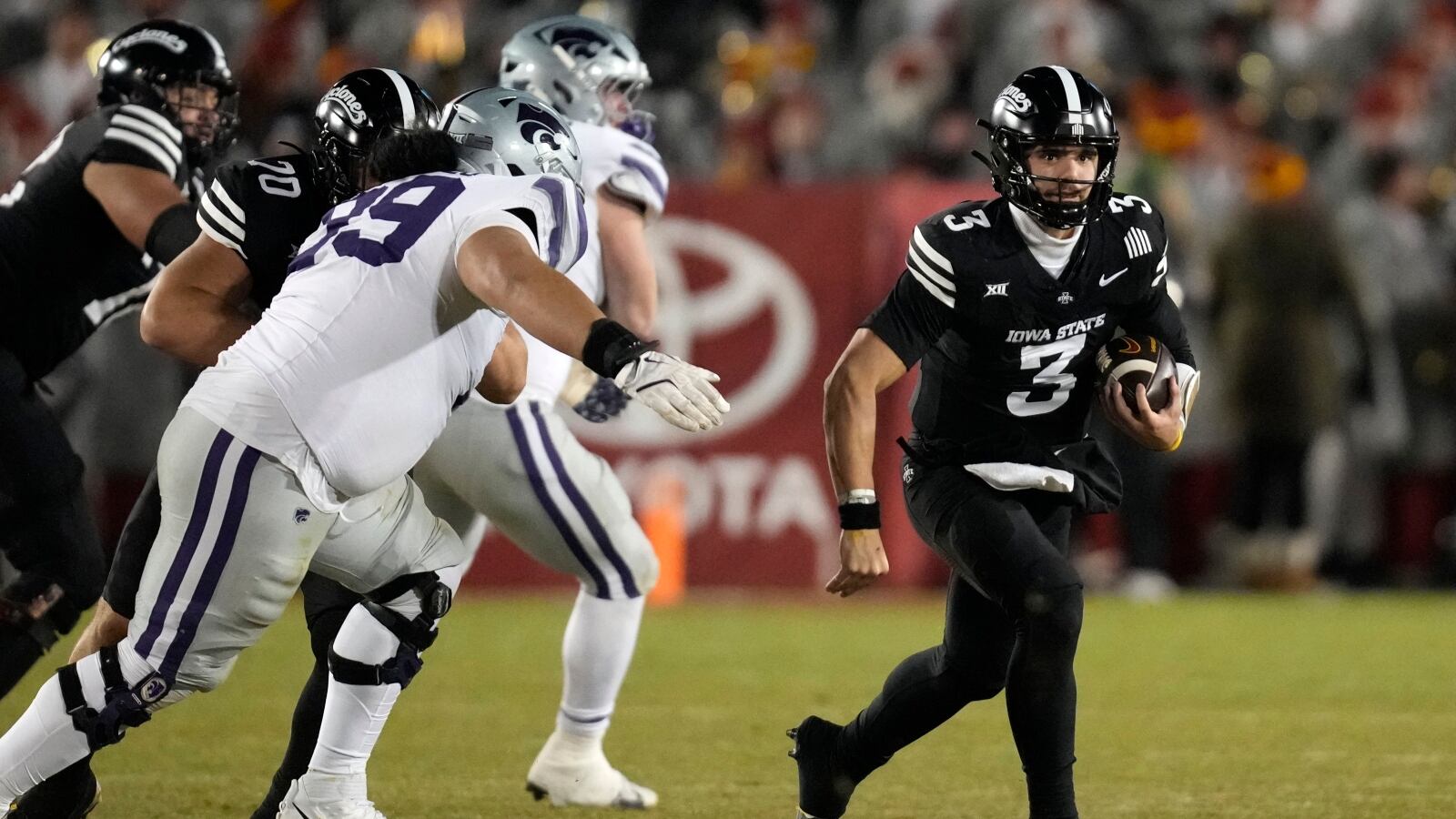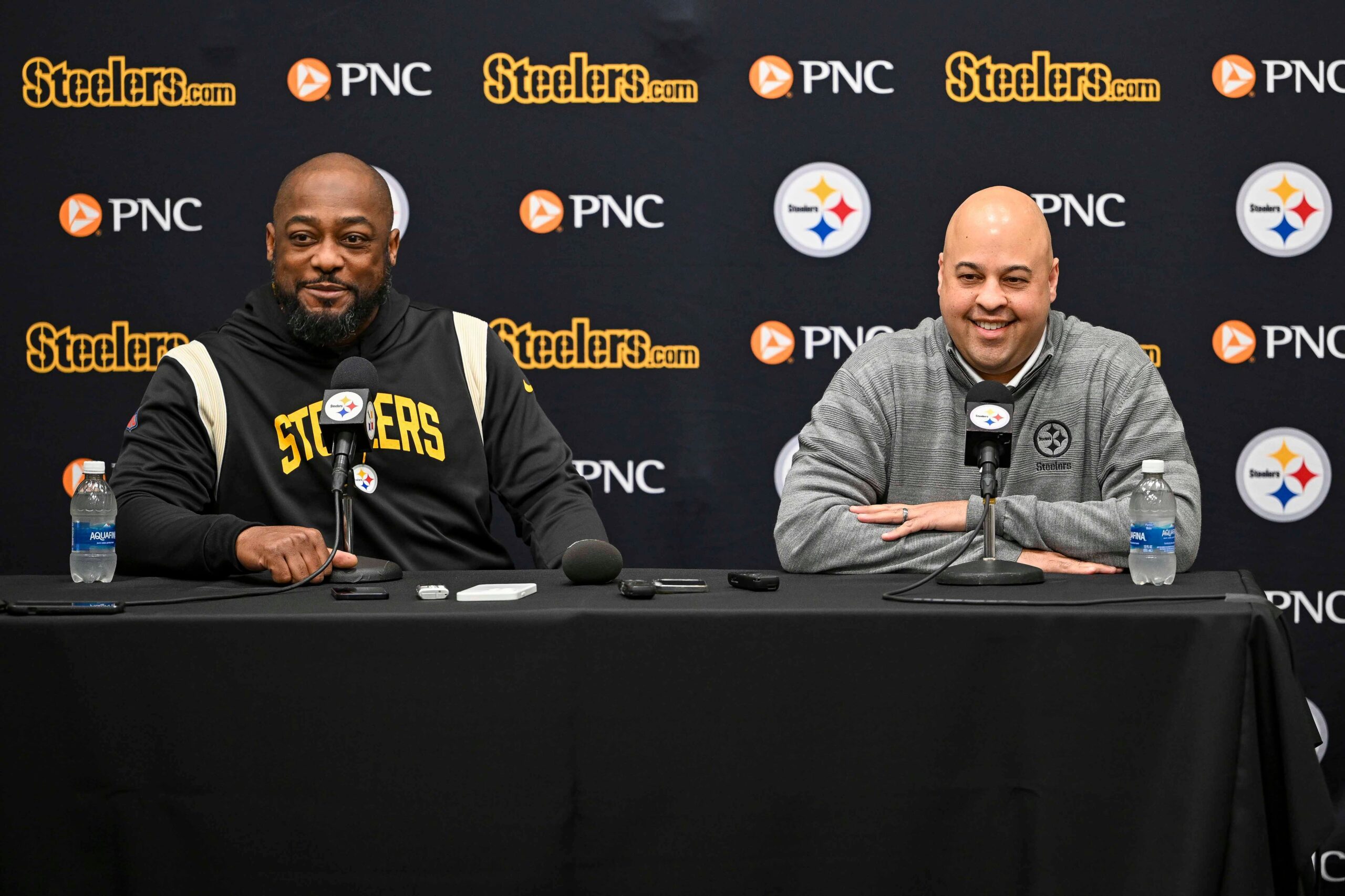It’s there in the name: Steelton. It’s there in the local high school’s mascot: the Steamrollers, or Rollers. And it’s there in those massive buildings along the Susquehanna River where steel has been made for nearly 160 years.
The Steelton steel plant has left its stamp on the town. It’s why Steelton exists in the first place.
But now, the steel plant, which began operation in 1867, is closing by June 30.
Last month, the plant’s owner, Cleveland-Cliffs, said
the mill will shutter indefinitely
, laying off around 560 workers. The company, which is also idling plants near Conshohocken, Montgomery County, and Riverdale, Illinois, said it’s closing the facilities because of “insufficient demand and pricing,” the Associated Press reported.
“… Steelton in the regional imagination was the place where ethnicity was public and labor was central,” then-Penn State Harrisburg professors Michael Barton and Simon J. Bronner wrote in their
2008 book on Steelton
.
As operations of this significant central Pennsylvania landmark wind down, here are five facts about its history.
The inside of the Steelton plant is shown in 1988. At its peak in the early 20th century, the mill employed more than 9,000 people.
PennLive file
The steel plant led to the creation of Steelton:
In the 1860s, almost all railroad tracks in the U.S. were made of wrought iron. But as trains were becoming heavier and faster, railroad companies needed stronger material.
In June 1865, 160 years ago and two months after the end of the Civil War, in which railroads played a key role in the North’s victory, the Pennsylvania Steel Co. formed to address the problem and to avoid dependence on imports from Europe.
The company’s organizers would build a steel mill in a rural area 4 miles south of Harrisburg where only six families were living.
The location was close to the Pennsylvania Railroad’s main line, the Pennsylvania Canal, ore banks in Lebanon County and supplies of coal, charcoal and limestone.
Businessmen with names you’d recognize from a map of Harrisburg, such as Cameron, Calder, Kelker, Haldeman and Hickok, raised money to buy 97 acres for the company, William Henry Egle wrote in “History of the Counties of Dauphin and Lebanon.”
By World War I, the plant would increase to nearly 600 acres, stretching 4 miles along the Susquehanna River.
In 1866, as construction began on the steel plant, a town was laid out and named Baldwin after the Philadelphia philanthropist and locomotive manufacturer Matthew Baldwin. Five years later, the name was changed to Steel Works; and finally, in 1880, it was incorporated as a borough named Steelton.
The Steelton plant, shown in 1990, produces railroad rails. It also has fabricated steel for the Golden Gate Bridge, the George Washington Bridge and the retractable roof on the Las Vegas Raiders’ stadium, among other things.
PennLive file
The plant was the first in America established to produce steel:
Steel production began at the plant in 1867, and the rail mill was completed in 1868. In the early days, the plant used the
Bessemer
steelmaking process, which saved time and money.
In the March 1870 Atlantic Monthly, writer J.T. Trowbridge vividly described the process during a visit to the steel plant: “The molten metal was run off into a huge bucket, weighed … and finally poured like some terrible, fiery beverage, a soup of liquid iron, into the stomach of a monster with an egg-shaped body, and a short, curved, open neck, resembling some gigantic plucked and decapitated bird.”
The plant continued to expand with additions such as blast furnaces, open-hearth furnaces and railroad frog-and-switch production.
It also produced steel for things other than railroads. The Sunday Patriot-News reported in 1965 that Steelton steel was used to build the
Golden Gate Bridge
; the George Washington Bridge connecting New York and New Jersey; the Peace Bridge linking Canada with Buffalo, New York; and the Queensboro Bridge in New York, among others.
In World War I, it produced turbine and propeller shafts, and it manufactured steel for the U.S. and the Allies in World War II.
In recent years
, the plant has produced steel for the retractable roof on the Las Vegas Raiders’ stadium, as well as power generation plants and submarines.
Today, the Steelton plant is one of only three rail producers in the Western Hemisphere. Among its principal production facilities is a 150-net-ton direct-current electric-arc furnace.
Steelton’s West Side is shown in 1973, a year after it was devastated by Tropical Storm Agnes. The neighborhood was demolished as part of a Dauphin County Redevelopment Authority urban renewal project.
PennLive file
The plant drew workers of various ethnicities to Steelton:
Immigrants were a key part of the steel plant from the beginning. Historian John Bodnar wrote in
“Steelton: Immigration and Industrialization, 1870-1940”
that skilled steelworkers born in Ireland were brought from England, and Irish laborers and workers of Pennsylvania German extraction also came to work at the plant in the early 1870s.
Migration from the South caused the Black population to grow in the late 1880s, and in the late 1890s, immigrants from southern Europe started to arrive in large numbers, Bodnar wrote.
Jewish immigrants opened businesses in Steelton. In 1910, 45 of the borough’s 85 immigrant businesses were owned by Jewish merchants, according to Barton and Bronner.
Immigrants to Steelton during this era settled in the West Side and the lower end and other ethnic neighborhoods, and Black residents were concentrated in the center of town, Bodnar wrote.
“Steelton has everybody,” Paul Beers, a historian and Patriot-News journalist,
wrote in 1973
. “The sequence of neighborhoods started in the lower end with Croatians, whose names end in ‘ic,’ progressed north with Serbians (‘ich’), Germans (‘berg’), Slovenians (‘ak’), Italians (‘o’), Irish (‘y’), Bulgarians (‘eff’), and Macedonians (‘off’).”
The plant exerted influence on Steelton:
In the early decades, management at the plant and political leadership of the borough often overlapped, according to Bodnar. The company also sought to institute social control in areas such as education (donating a school building in 1881 and officials delivering commencement addresses), religion (funding the building and maintenance of churches) and business (pressuring immigrant shops that competed with the company store to close).
In the plant, the company patterned jobs by race and ethnicity. Supervisors and skilled laborers were largely of northern European descent, and unskilled workers were largely Slavic and Black, Bodnar wrote.
By 1920, certain ethnicities dominated different departments — Croatians in the open hearth and Black workers in the brick-lining department, for example — and these were maintained through kin and ethnic connections for the next half-century, according to Bodnar.
Things began to change in the 1940s when the establishment of a union helped improve wages and conditions for workers. Over the next few decades, southern Europeans and Black people gained supervisor jobs and leadership positions in the borough, Bodnar wrote.
Scrap steel is melted down in a large tank in the Steelton mill in 2015.
Sean Simmers, PennLive
The plant has had multiple owners in its long history:
Bethlehem Steel purchased the Pennsylvania Steel Co. in 1916. The plant topped 9,000 workers at its peak, but by the time Cleveland-based International Steel Group bought bankrupt Bethlehem in 2003, the Steelton mill had 800 employees. Competition from overseas and other factors gutted the steel industry in the U.S.
Two years later, ISG merged with Netherlands-based Mittal, and in 2007, another merger resulted in ArcelorMittal. Cleveland-based
Cleveland-Cliffs acquired the Steelton plant
as part of a $1.4 billion deal in 2020.
Last year, then-Transportation Secretary Pete Buttigieg
toured the Steelton facility
to highlight projects on which funds from the Biden administration’s $1 trillion infrastructure law were being spent.
Although the plant doesn’t produce the quantity of steel or employ the thousands that it did in its heyday, it’s still a symbol of this blue-collar borough.
“Arrival on Front Street by the mill,” Barton and Bronner wrote, “is still a starting point for social interchange and a sign of cohesion as a town.”
Now, if the mill doesn’t reopen, Steelton must look for a different identity.
Joe McClure is a news editor for The Patriot-News. Follow him on Instagram:
@jmcclure5nine
.






